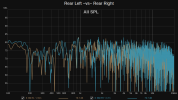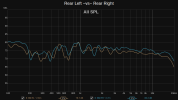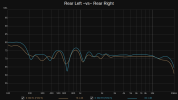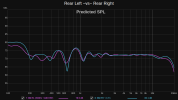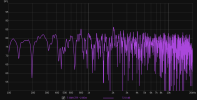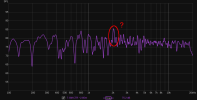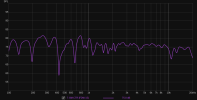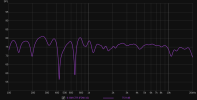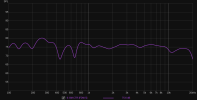ernestcarl
Major Contributor
"wavelet is cool, but I find it rather confusing for transient analiysis. I think it's forte is showing reflections speratly, which is not the subject here."
Yeah, I don't see this being the case... From what I've gathered, various papers that do discuss transient response (time-frequency) analysis actually say to move away from Fourier only mode, for example: https://www.pearl-hifi.com/06_Lit_A...equency_Analysis_Methods_and_Applications.pdf
Even the REW manual says the following:
"For a time-frequency plot it would be more useful if the trade-off between time and frequency resolution varied with frequency, using a constant octave fraction for frequency resolution rather than a constant number of Hz and so giving higher time resolution at high frequencies and lower at low frequencies. A wavelet transform can achieve that ... "
But here's the thing, the wavelet transform spect does require you to change the scale parameters quite a bit depending on what you want to focus on e.g. frequency range of, say, HF vs LF.
You can also see pre-delay in Fourier mode, of course, but the ideal settings between the two displays would not necessarily be the same.
Yeah, I don't see this being the case... From what I've gathered, various papers that do discuss transient response (time-frequency) analysis actually say to move away from Fourier only mode, for example: https://www.pearl-hifi.com/06_Lit_A...equency_Analysis_Methods_and_Applications.pdf
Even the REW manual says the following:
"For a time-frequency plot it would be more useful if the trade-off between time and frequency resolution varied with frequency, using a constant octave fraction for frequency resolution rather than a constant number of Hz and so giving higher time resolution at high frequencies and lower at low frequencies. A wavelet transform can achieve that ... "
But here's the thing, the wavelet transform spect does require you to change the scale parameters quite a bit depending on what you want to focus on e.g. frequency range of, say, HF vs LF.
You can also see pre-delay in Fourier mode, of course, but the ideal settings between the two displays would not necessarily be the same.
Last edited:

